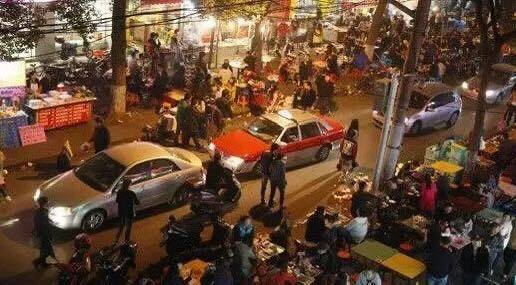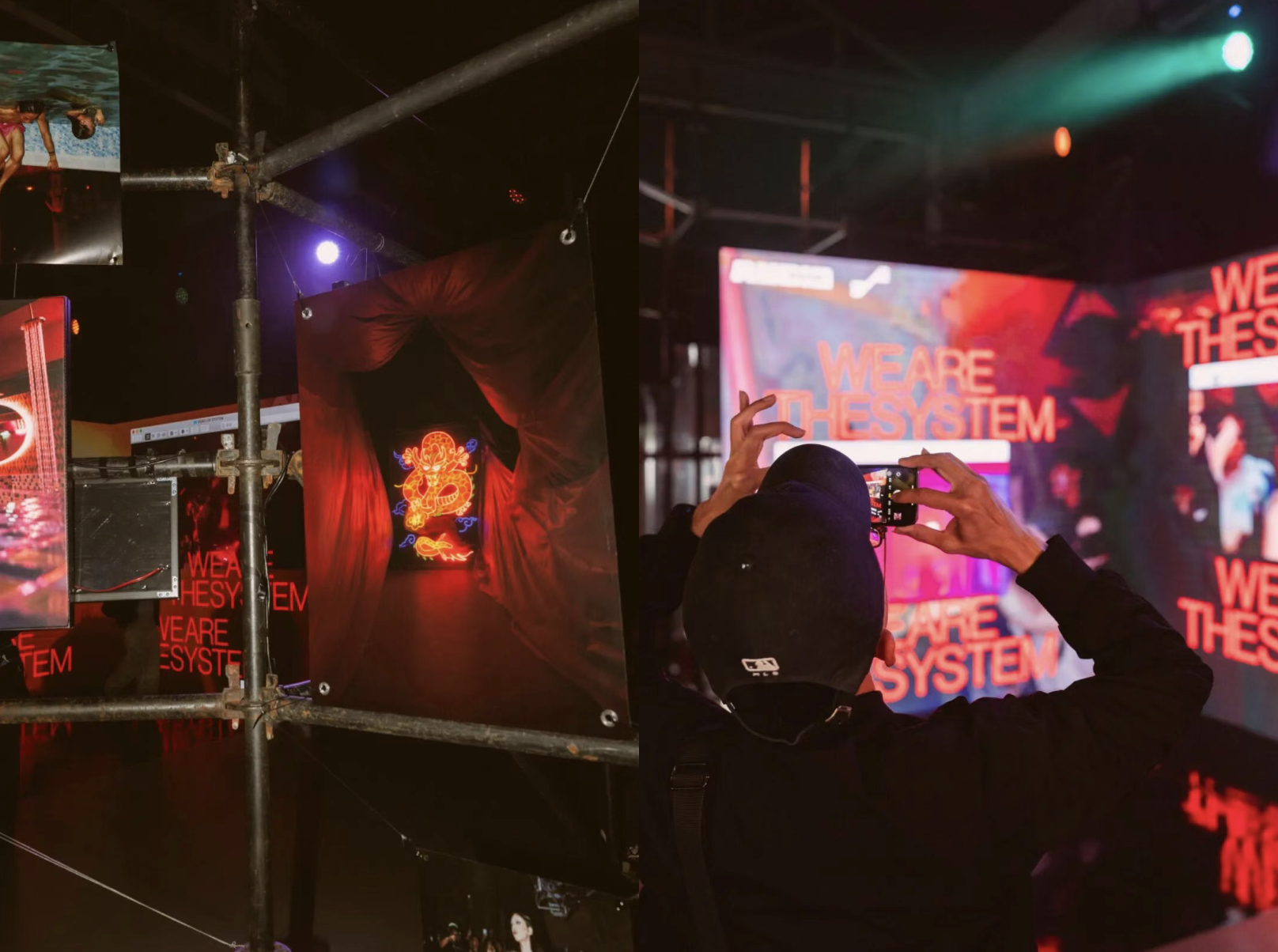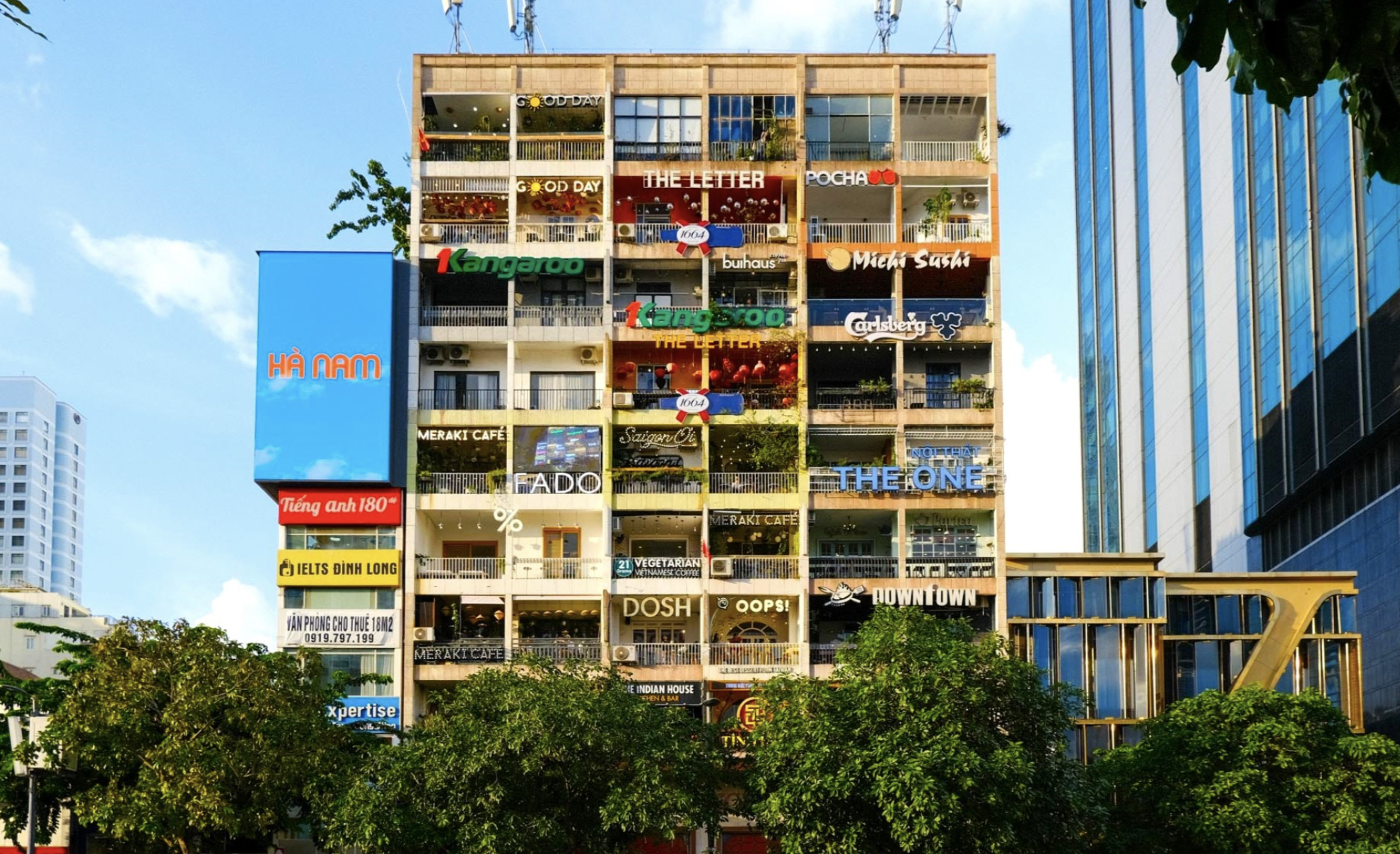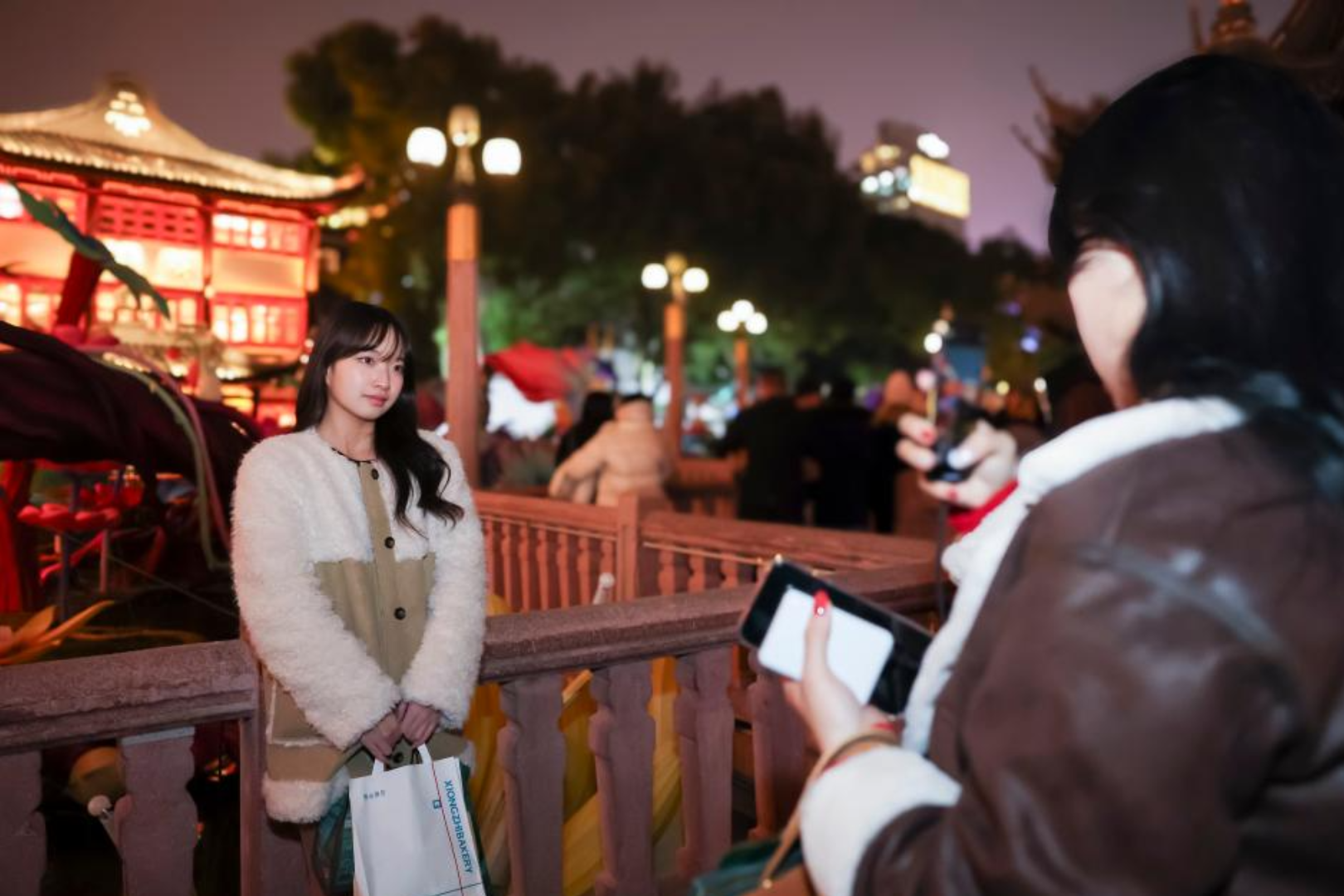Nightlife in China’s megacities can seem like an endless fantasy — that is, if you’re lucky enough to live downtown. Nightclubs, live music venues, bars, lounges, and late-night hot pot spots are usually concentrated in central entertainment areas, like Sanlitun in Beijing, and “Ju Fu Chang” in Shanghai (the area demarcated by Jule, Fumin, and Changle Roads). However, life in the suburbs of the same cities unfolds at a different pace, and the options for entertainment after dark are no exception. While these peripheral areas boast readily available empty space and increasingly developed economies, they can’t really compete with downtown nightlife scenes.
But new possibilities are emerging. Local governments are actively investing in these areas, aiming to enhance their appeal to young people. These efforts often manifest themselves through food markets, but also can take the shape of festivals promoting local customs and guochao (China chic). These events and retail spaces with a local twist are shaping a new kind of nightlife, one that draws people back from the city center to enjoy experiences which may be more closely rooted to the places they live.
Unwinding after long commutes
For suburban residents, enduring long commutes from the city center to their homes in the outskirts is a daily reality. According to a report from the China Academy of Urban Planning and Design and Baidu Maps, the average commuting distance in four of China’s major cities — Beijing, Shanghai, Guangzhou, and Shenzhen—was 9.4 kilometers in 2021, a 0.4-kilometer increase from the previous year. In response, suburban residents are seeking entertainment options closer to home, with night markets becoming a popular choice.

It’s another reversal to the fortunes of night markets, which have already been through many ups and downs in China. After street stalls were strictly prohibited in the 1990s, large night markets grew popular. However, starting in the early 2000s, as these night markets grew in size and began to obstruct traffic, they too came under strict regulation by chengguan (city management authorities). Rather than lively hotbeds of local culture, night markets were considered unsanitary eyesores that did match the aesthetic of “modern” cities. They also sparked concerns over food safety, as some vendors operated without proper permits or oversight.
As a result, many of the night markets that emerged around the turn of the millennium disappeared, though not without leaving fond memories behind in the hearts of urban residents. For example, Shanghai’s Pengpu Night Market is still remembered for its charcoal-grilled delicacies.

However, post-pandemic, the resurgence of these markets has played a crucial role in economic recovery. Many young people, facing unemployment, have set up their own stalls at night markets, whether as a side hustle or an alternative to formal employment. A notable example is the Shanghai Jiading Beer Festival. Every Friday, young residents living in Jiading push their camping trolleys, loaded with barbecue ingredients or beer glasses, and pay several hundred RMB for stall spaces, hosted in RVs provided by the market.
Street food from various regions of China is a central feature at night markets like Jiading’s: stinky tofu from Shaoxing, oyster omelets from Fujian, Zibo barbecue, and spicy Sichuan-style skewers are just a few examples. The Jiading Night Market and others like Xiacun Night Market in Beijing’s Fangshan District offer a unique opportunity for residents to experience regional cuisines and cultural diversity without leaving their neighborhoods.
Late night and early morning deals
Besides the reemergence of night markets, another unconventional nightlife trend is taking shape around the edges of China’s first tier cities. At 3 AM, when most people are fast asleep, young and adventurous Guangzhou residents head to the banks of the Pearl River for the Haizhu Bridge Dawn Market, a so-called “ghost market.” Operating from the early morning until sunrise, “ghost markets” offer a diverse array of intriguing and obscure items: secondhand clothes, shoes, antique collectibles, electronic gadgets, old CDs, books, and even expired medicines and food products.

In Beijing, Panjiayuan is well established as an antique market (though not quite suburban, it’s far from the city center). Recently the market has been evolving to attract a younger crowd, moving beyond its traditional customer base of retired male antique enthusiasts. An article by Sanlian Weekly highlighted that products available at Panjiayuan are often more affordable than those sold at more central locations, making them a popular choice for budget-conscious consumers. For example, strands of prayer beads from the Lama Temple, a Buddhist temple in Beijing’s old city, can cost up to several hundred RMB each. At Panjiayuan, you can get them for just 35 RMB each strand.
After all, many of the Chinese millennials and Gen Z living in suburban areas are there to save money, making street stalls and ghost markets attractive nightlife options. Not everyone is into — or can afford — the slick nightclubs and pricey drinks found in city centers. The suburbs offer opportunities not just for people looking to have fun on the cheap, but also budding entrepreneurs — for example, without paying the prohibitive rents on downtown spaces, cocktail aficionados can start their own mobile bars to serve homemade concoctions to passersby, while fashionistas can start selling secondhand clothes from a stall. Going forward, it should be interesting to see if new trends begin to emerge from suburban, rather than urban, spaces.
















